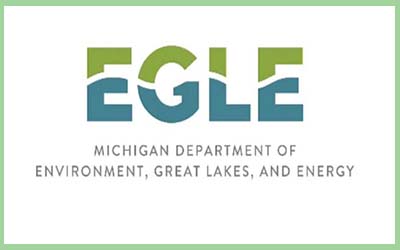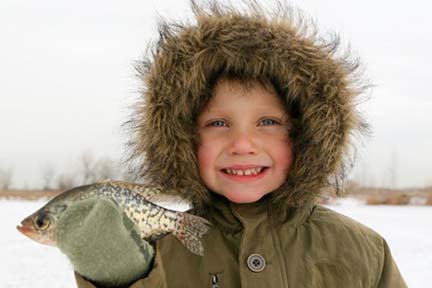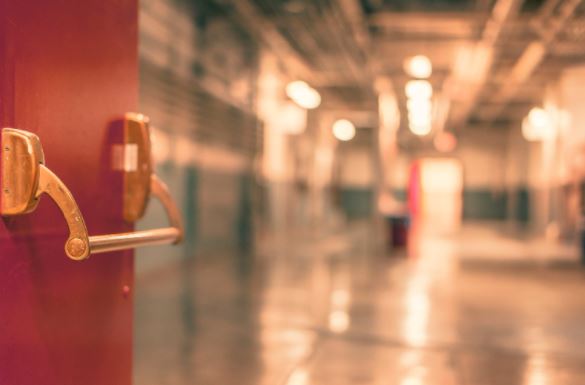Written Saturday January 18th at 9:13 AM

Here are the top 23.
Boys
1. Avondale 9-5: Yellow Jackets proving they belong in the Red.
2. Groves 10-3: Despite tough loss to Ferndale the Falcons will be fine.
3. Clarkston 11-3: It’s great to see the Wolves play at Clarkston Junior High.
4. Oxford 13-0: Wildcats struggled a bit against Troy Athens, tough matchups await them.
5. Lake Orion 9-5: Zack Parks is a machine, ask Pontiac Notre Dame Prep.
6. North Farmington 6-7: Raiders need someone besides Rob Smith to step up.
7. Farmington 10-4: Falcons bounced back after two tough losses with a win over Oak Park.
8. Ferndale 6-9: Eagles climbing back after tough losses early.
9. Pontiac 7-5: Phoenix control their own destiny in the Blue.
10. Rochester 9-4: Wondering is Jake Tandy back???
11. West Bloomfield 5-8: Ah defense Lakers???
12. Stoney Creek 7-5: Cougars have been getting contributions from others lately.
13. Bloomfield Hills 8-5: Blackhawks seem to have figured some things out.
14. Troy 7-7: Congrats Mason Parker on 1,000 career points.
15. Adams 3-11: Have to admire the Highlanders heart and courage with what they went through.
16. Royal Oak 5-7: Ravens starting to get back to bad habits again.
17. Ferndale University 7-6: Eagles are a perfect Jekyll and Hyde team.
18. Troy Athens 3-10: Red Hawks have scored 53 points in two games, not good.
19. Seaholm 1-11: Maples are better than their record indicates, ask Troy.
20. Southfield Arts and Tech 4-10: Warriors got a much needed win against Wyoming Lee.
21. Oak Park 4-4: Knights are really struggling right now.
22. Berkley 3-10: Bears have really been struggling.
23. Harper Woods 3-8: Pioneers are really struggling right now.
Girls
1. Clarkston 8-5: Wolves showing their depth, why they could be tough to beat.
2. Avondale 8-2: Yellow Jackets have been humming recently.
3. Seaholm 9-2: Maples felt some adversity but have so far managed to overcome them.
4. West Bloomfield 6-5: Lakers starting to turn the corner.
5. Rochester 6-3: Congrats Alice Max on scoring 1,000 career points.
6. Stoney Creek 7-2: Cougars have been up and down recently.
7. Berkley 8-3: Bears have been looking really impressive.
8. Lake Orion 8-5: Dragons need someone besides Izzy Wotlinski to step up scoring wise.
9. Ferndale 4-7: Welcome to the Red, Eagles.
10. Oxford 3-8: Wildcats been building their depth despite tough losses.
11. Royal Oak 5-4: Ravens starting to turn things around since loss to Clarkston.
12. Adams 5-6: Horrible officiating doomed Highlanders in their loss to Harper Woods.
13. Southfield Arts and Tech 6-5: Defense is starting to turn around a little bit.
14. Ferndale University 6-4: Eagles are my most improved team this season.
15. Troy Athens 6-5: I can’t figure the Red Hawks out.
16. Troy 2-8: Colts have been struggling, they are better than their record indicates.
17. Bloomfield Hills 2-6: Blackhawks have had things rough lately.
18. Groves 2-8: Falcons need that third scorer especially in the interior to step up.
19. Pontiac 5-3: Phoenix have won three straight, building some confidence.
20. Harper Woods 5-3: Pioneers starting to turn things around a little bit.
21. North Farmington 3-8: Raiders still grinding despite rough stretch.
22. Farmington 3-8: Falcons have had some struggles recently.
23. Oak Park 0-4: Not playing in a week but still 38 points in four games is rough.












